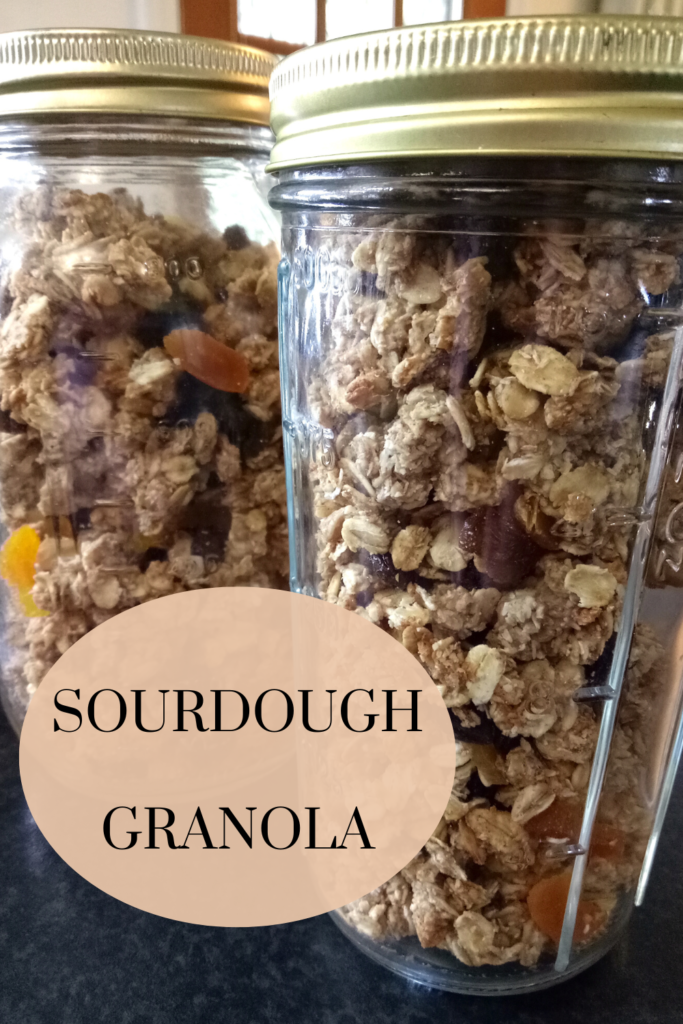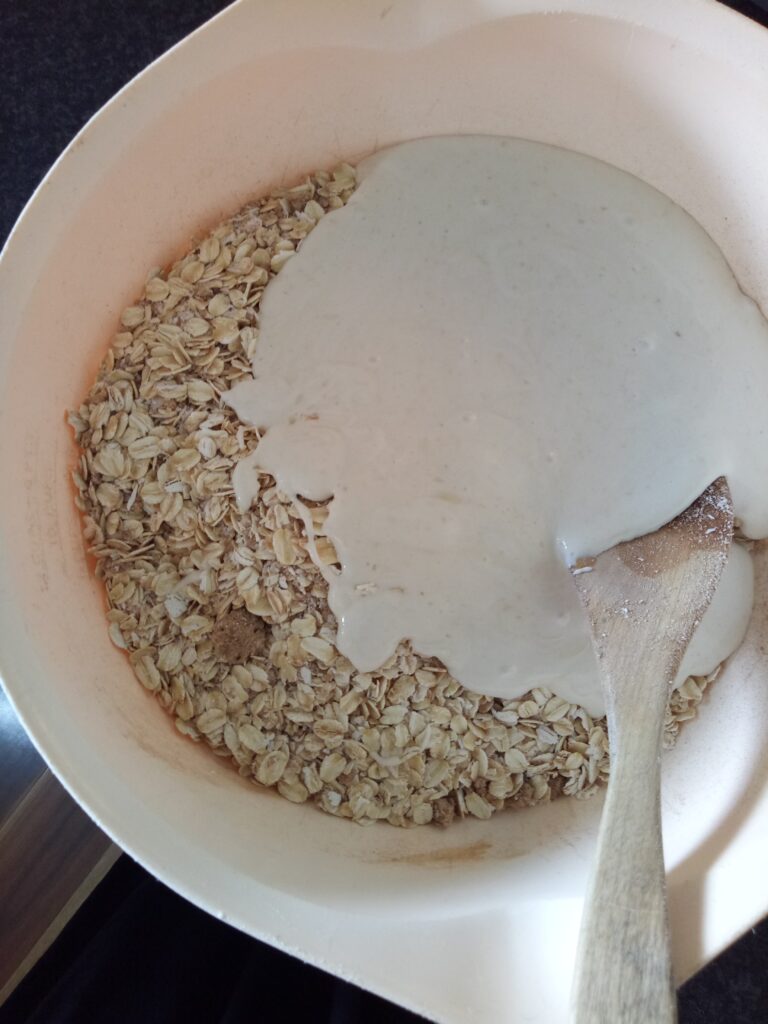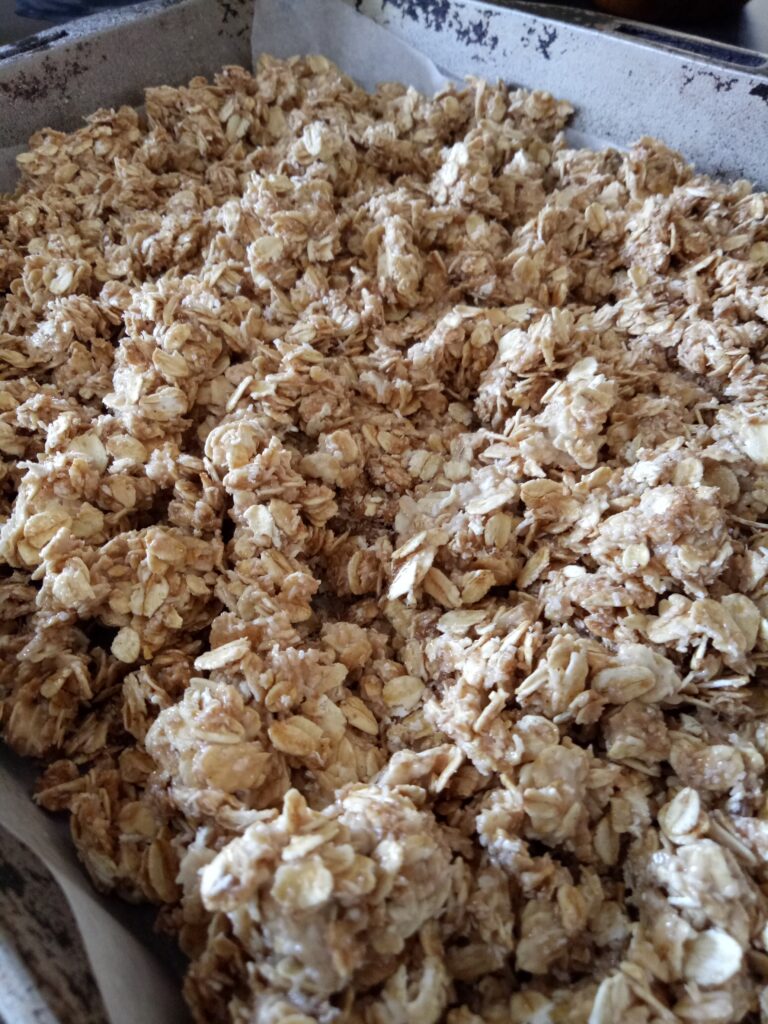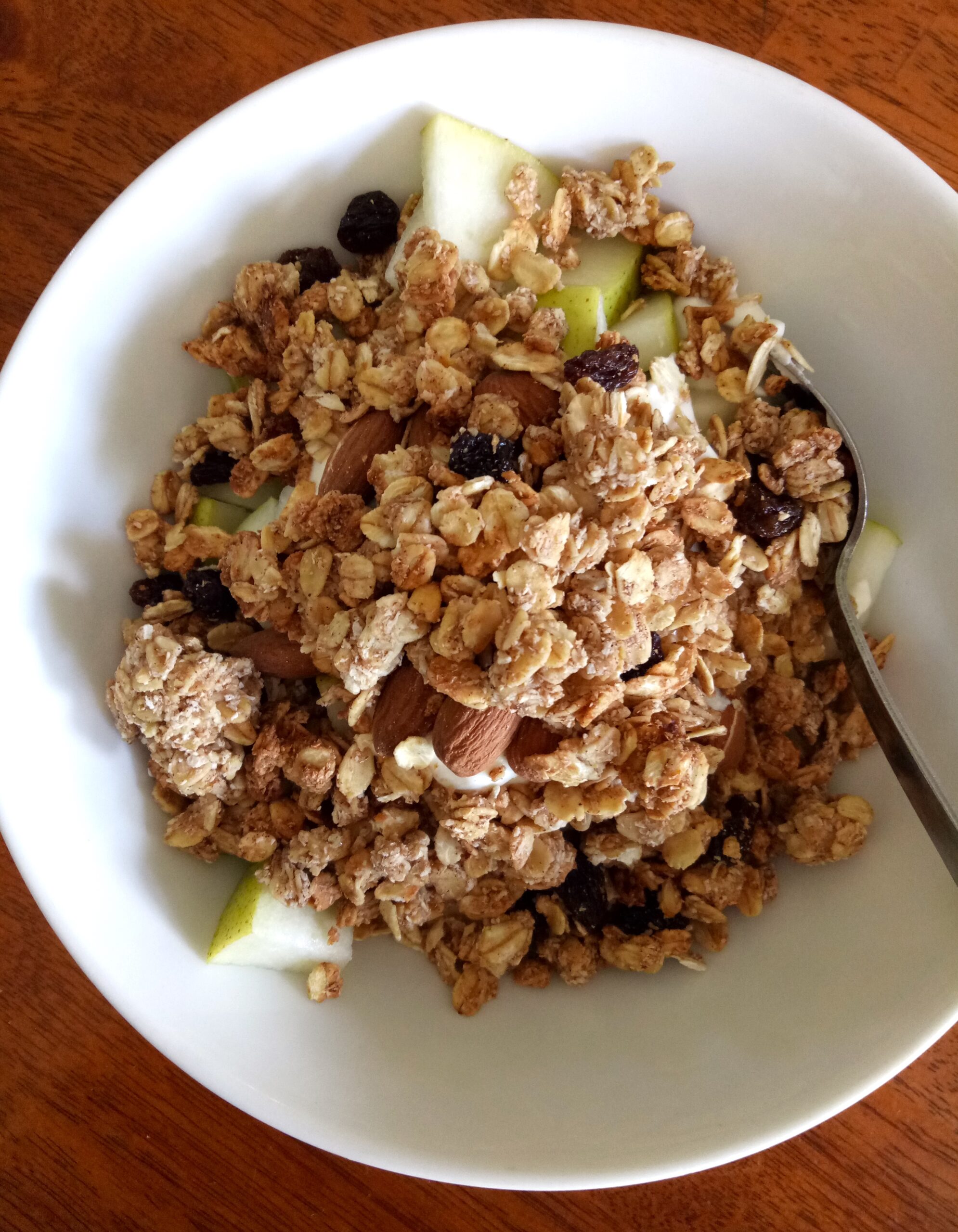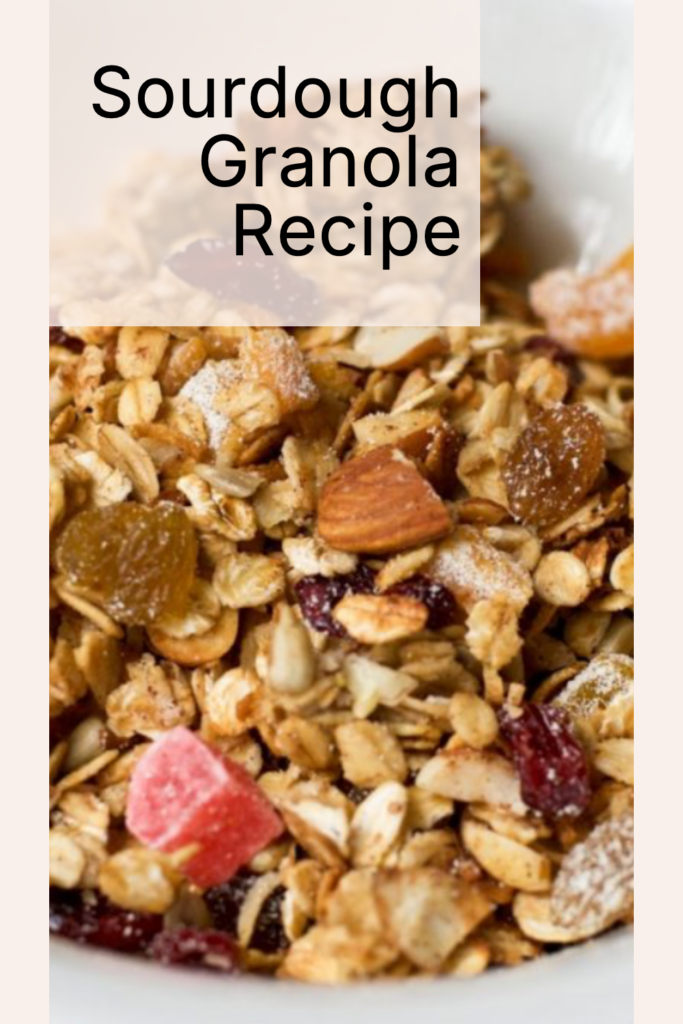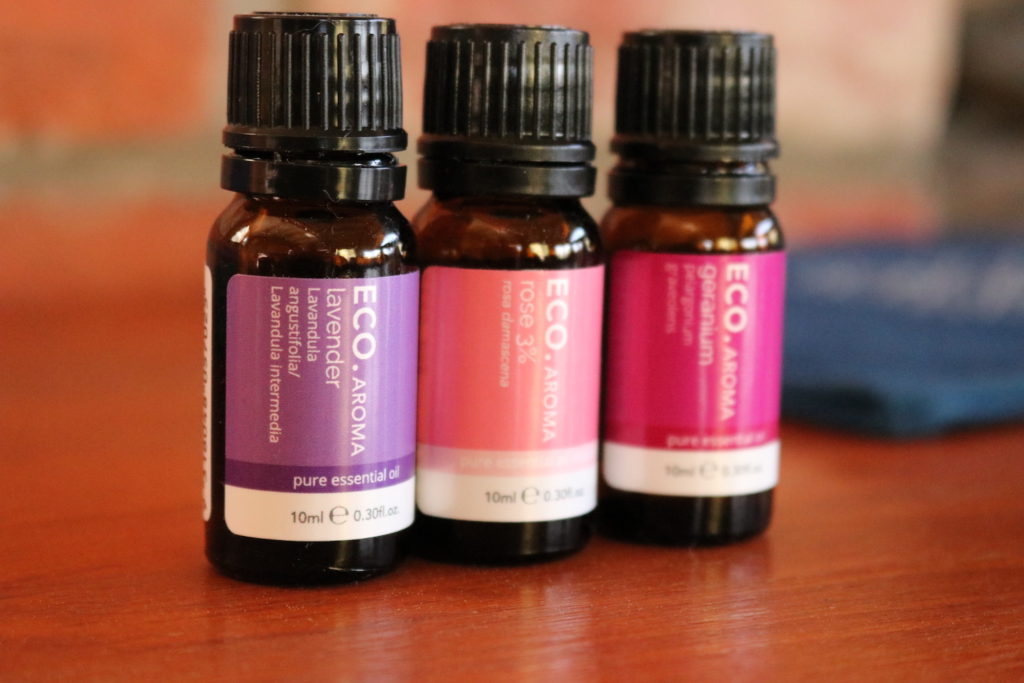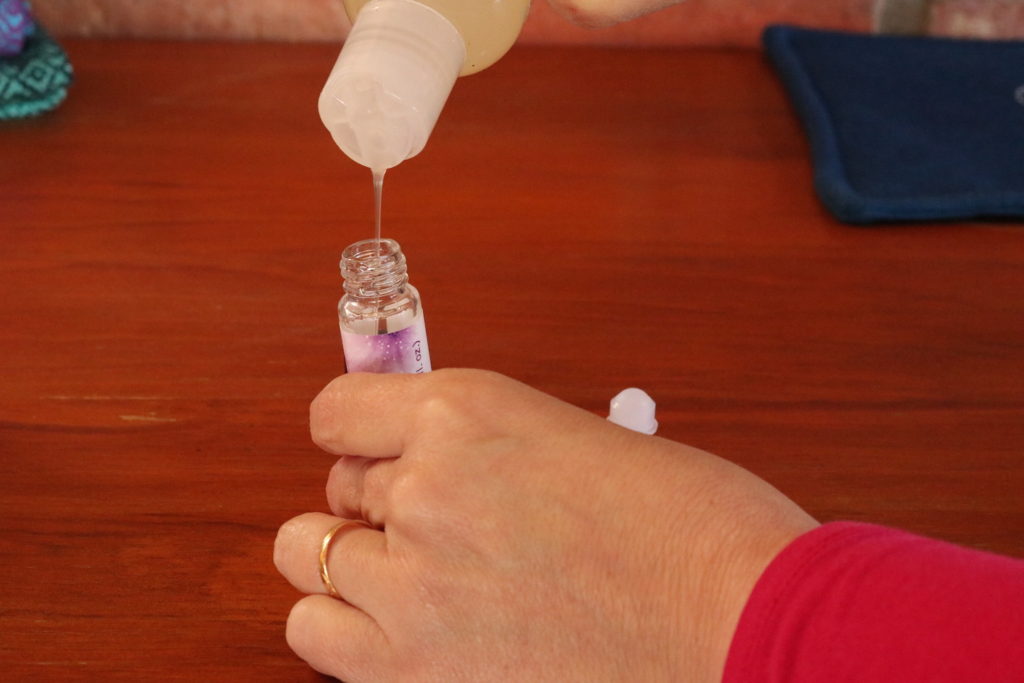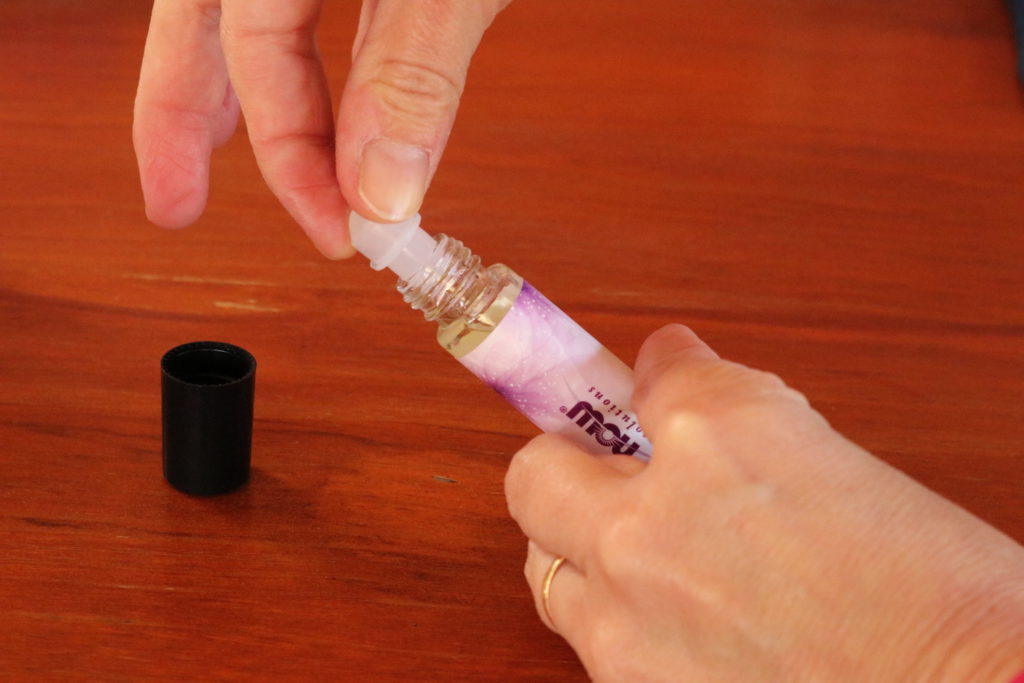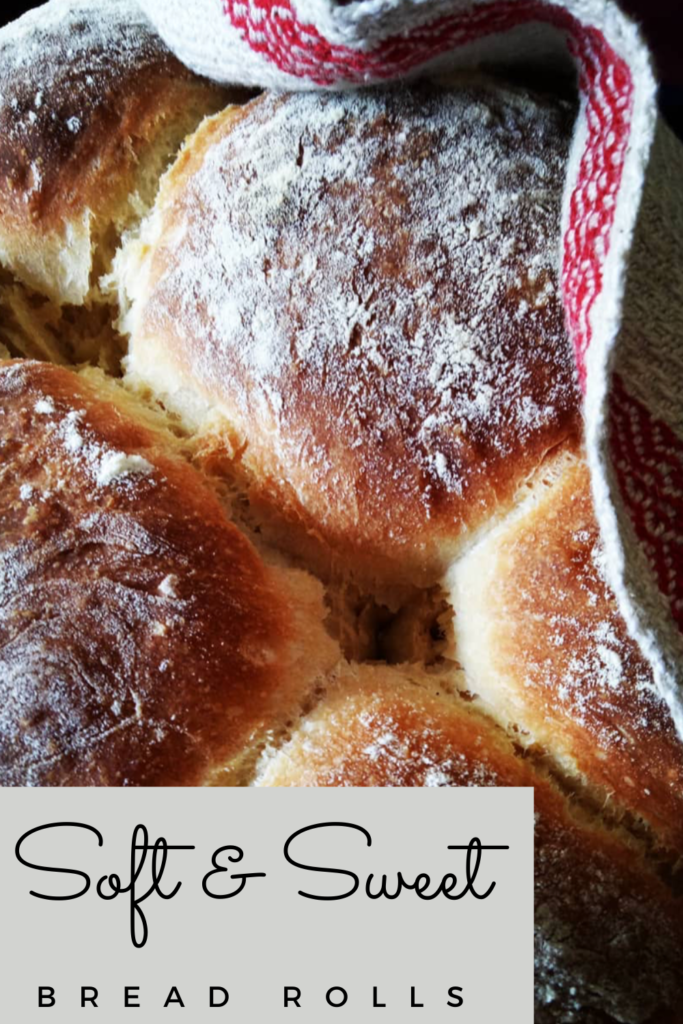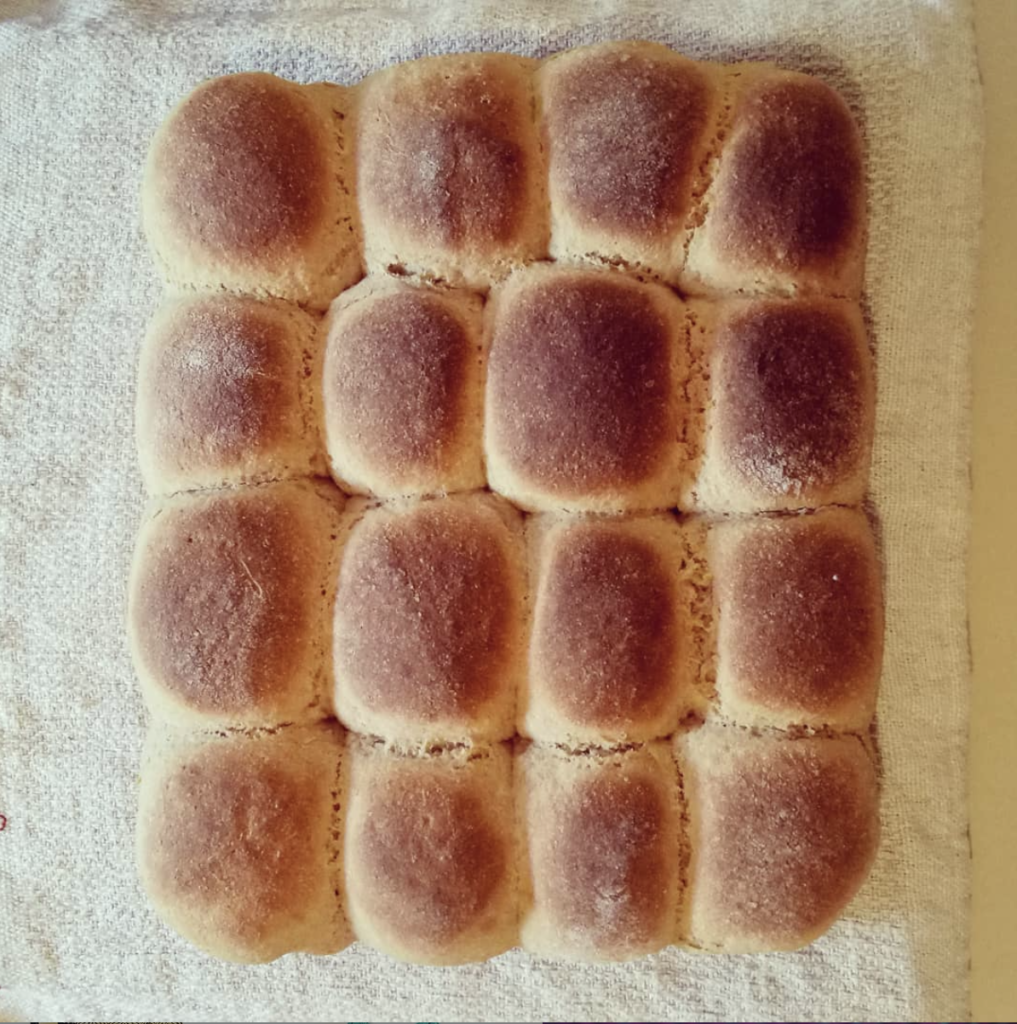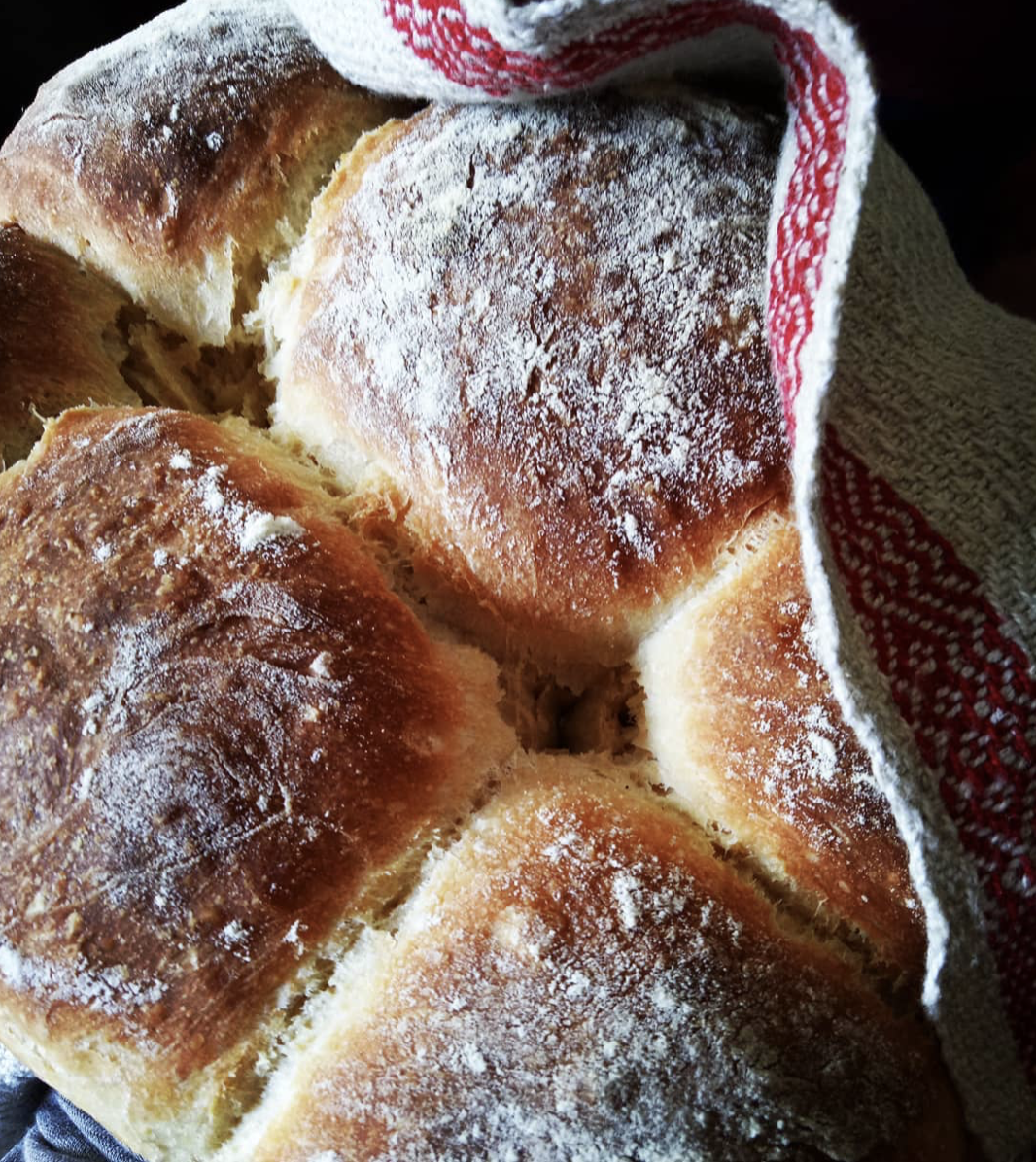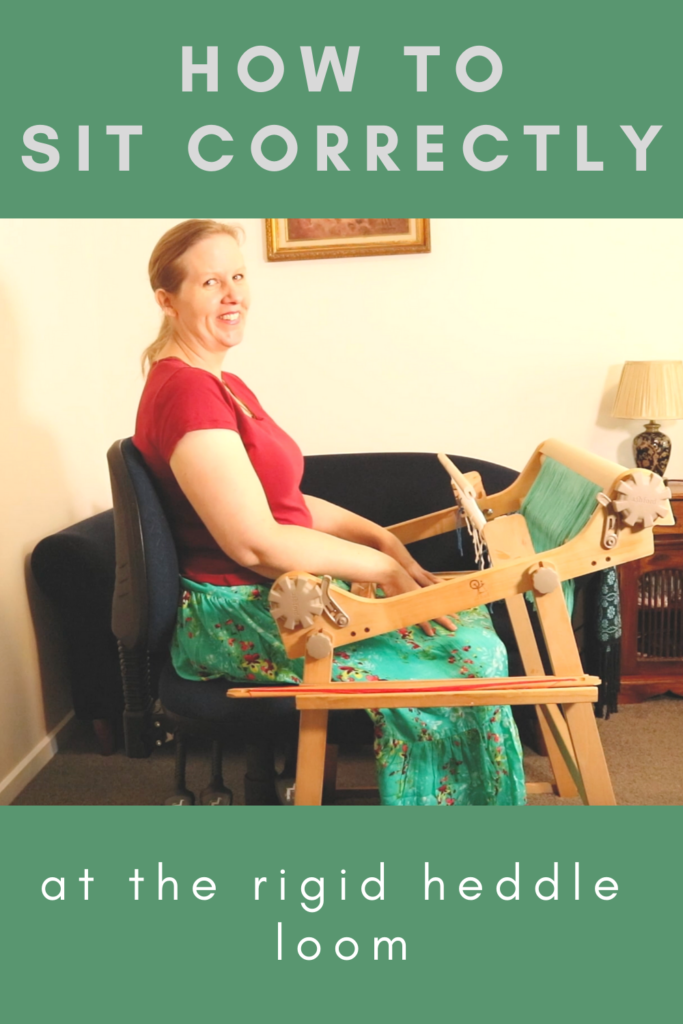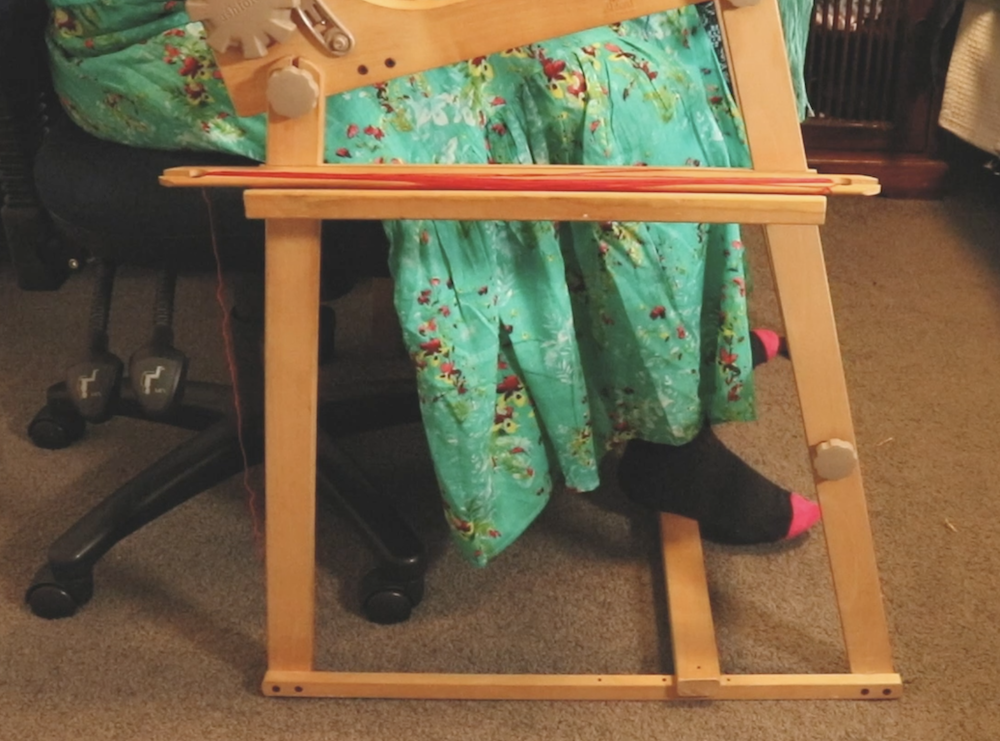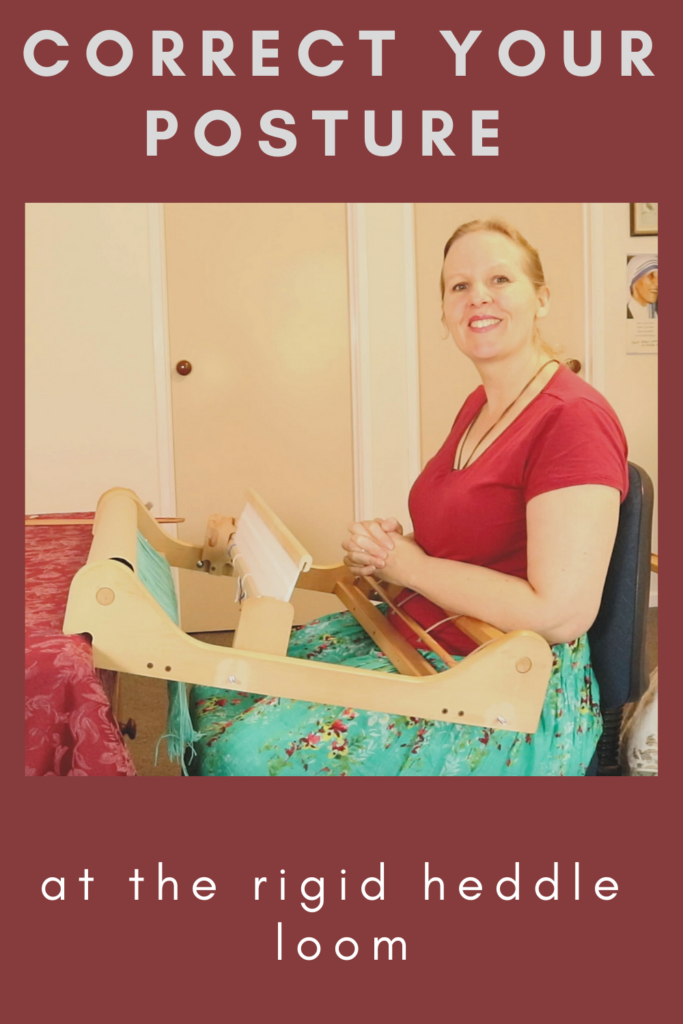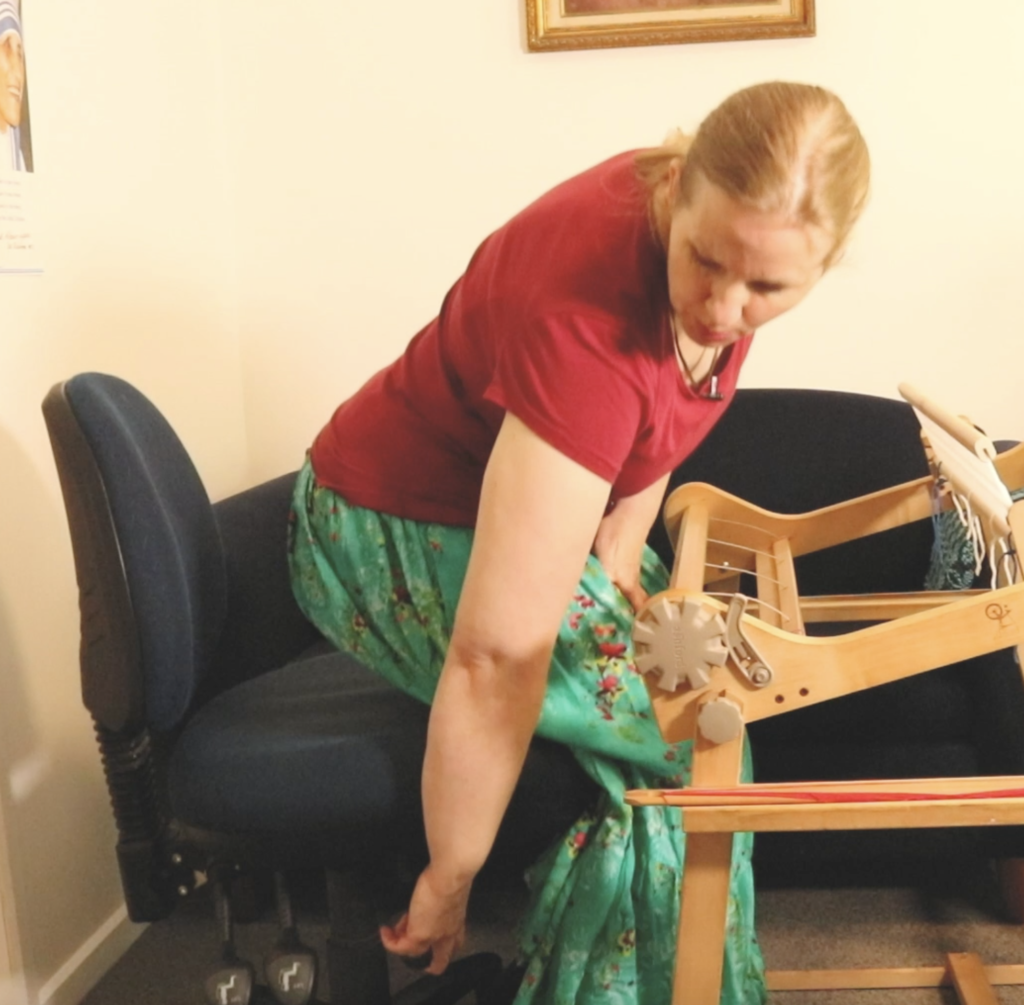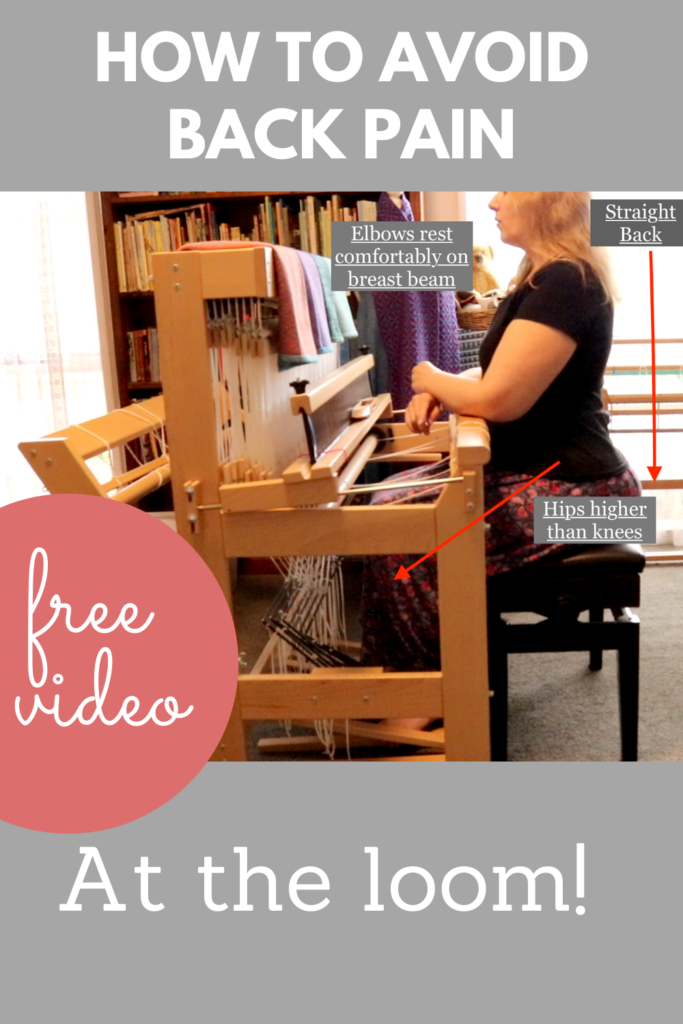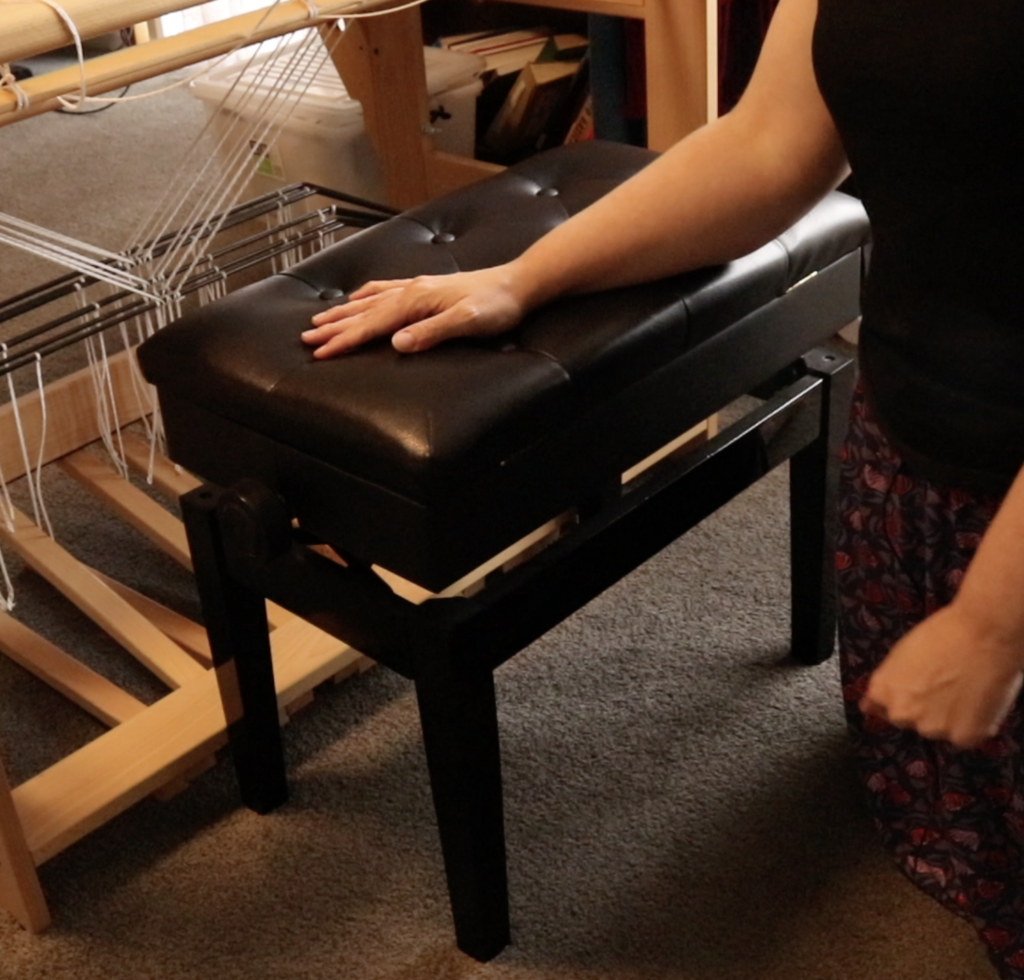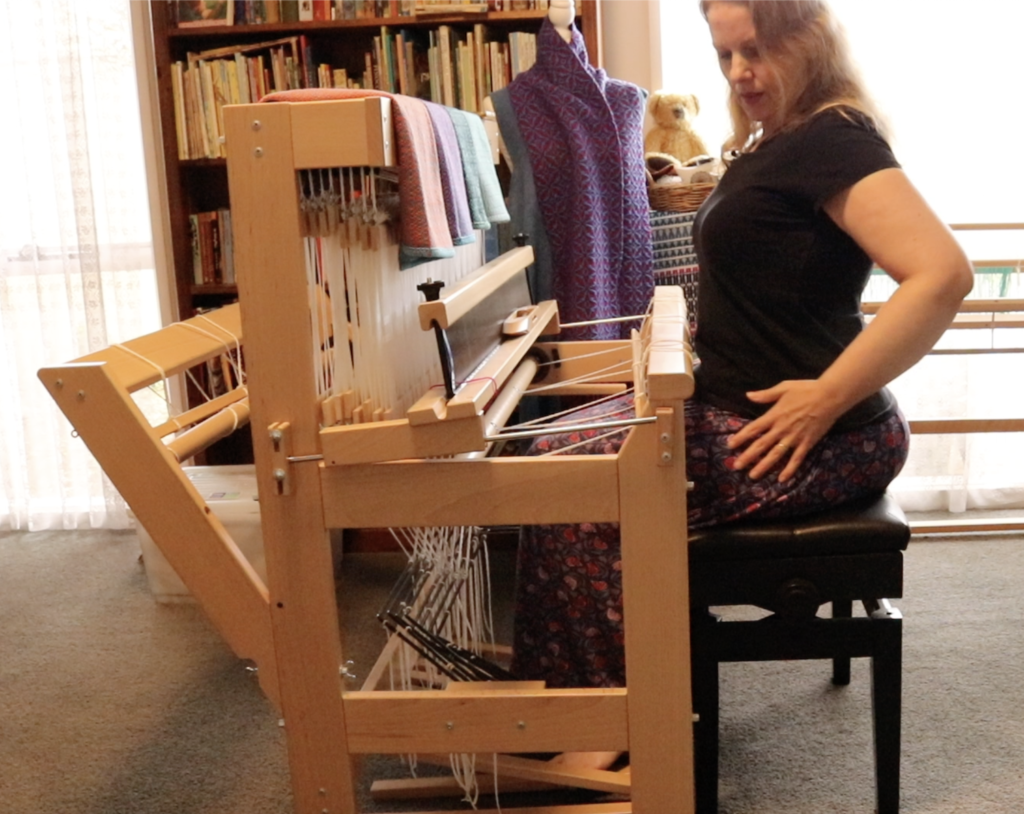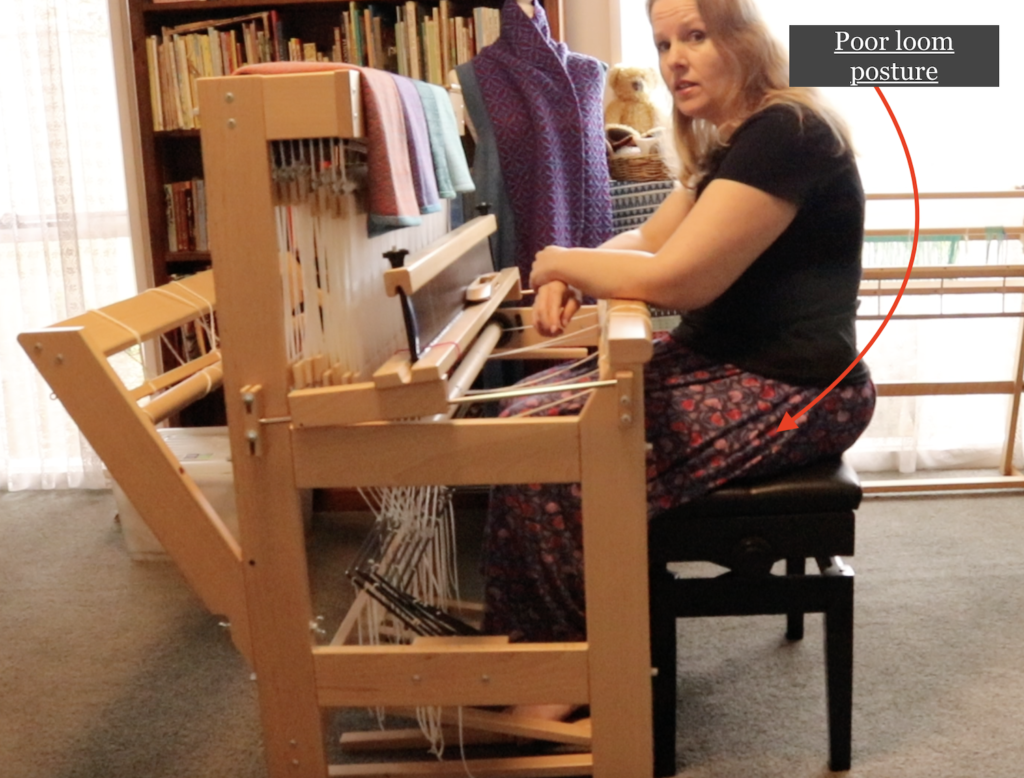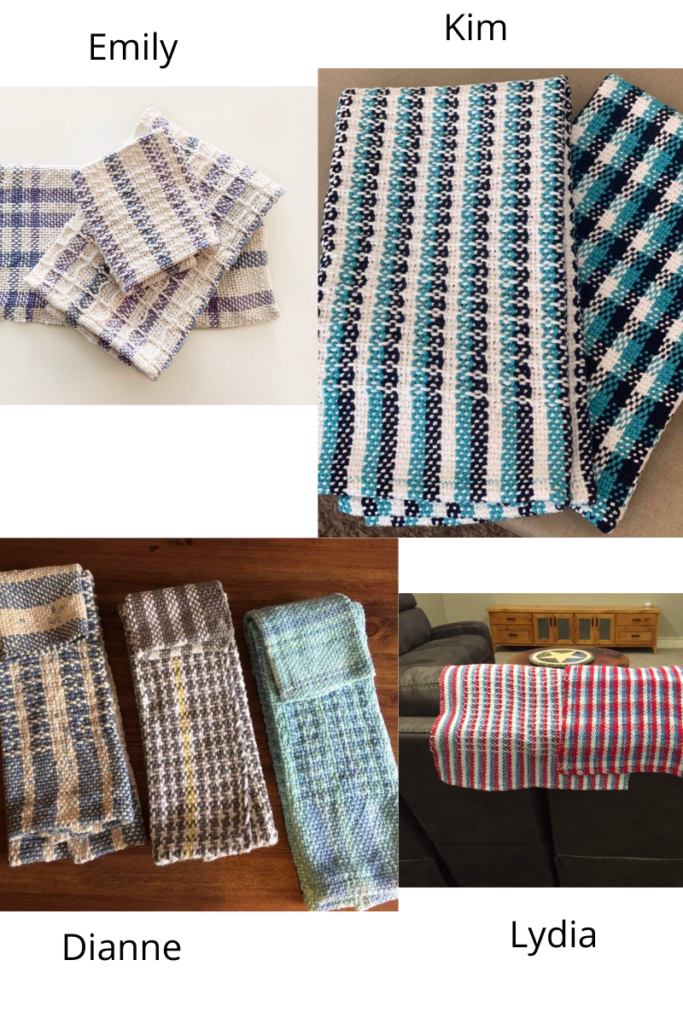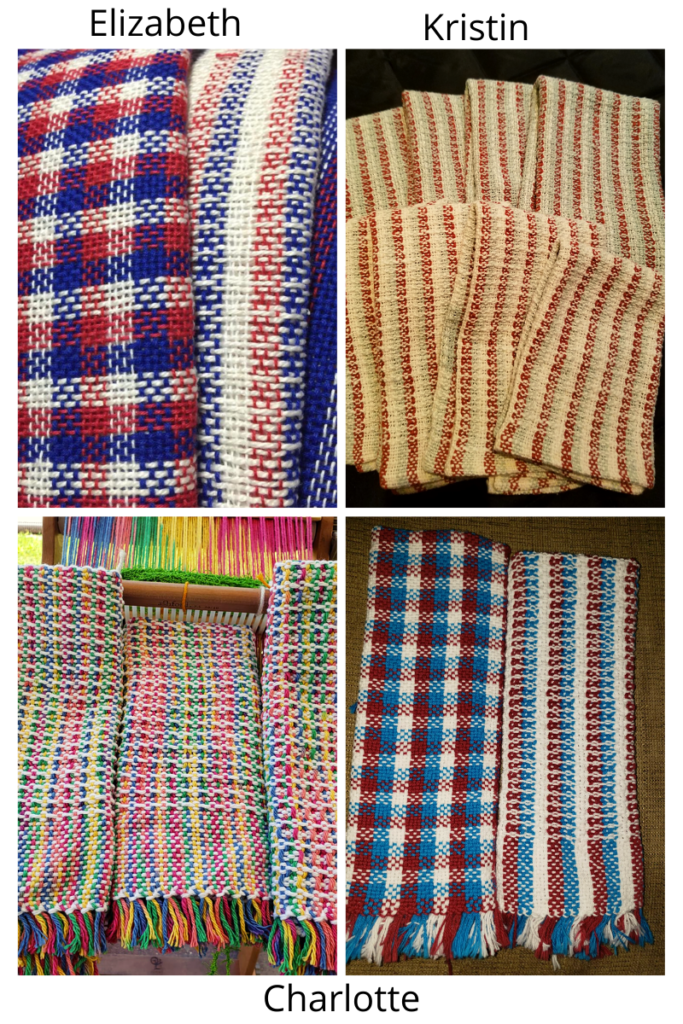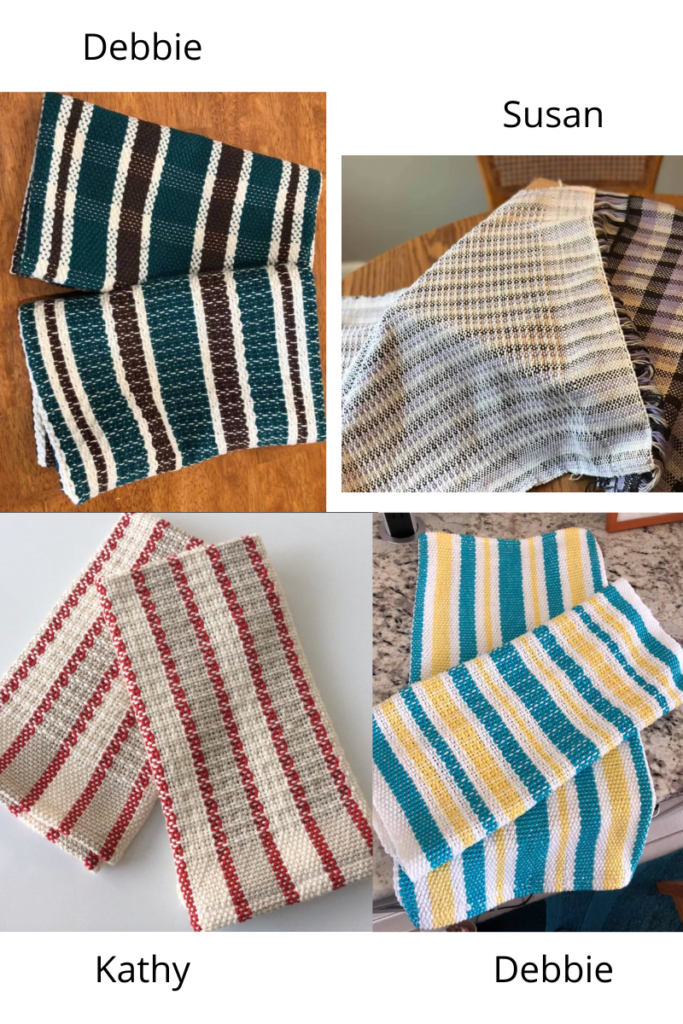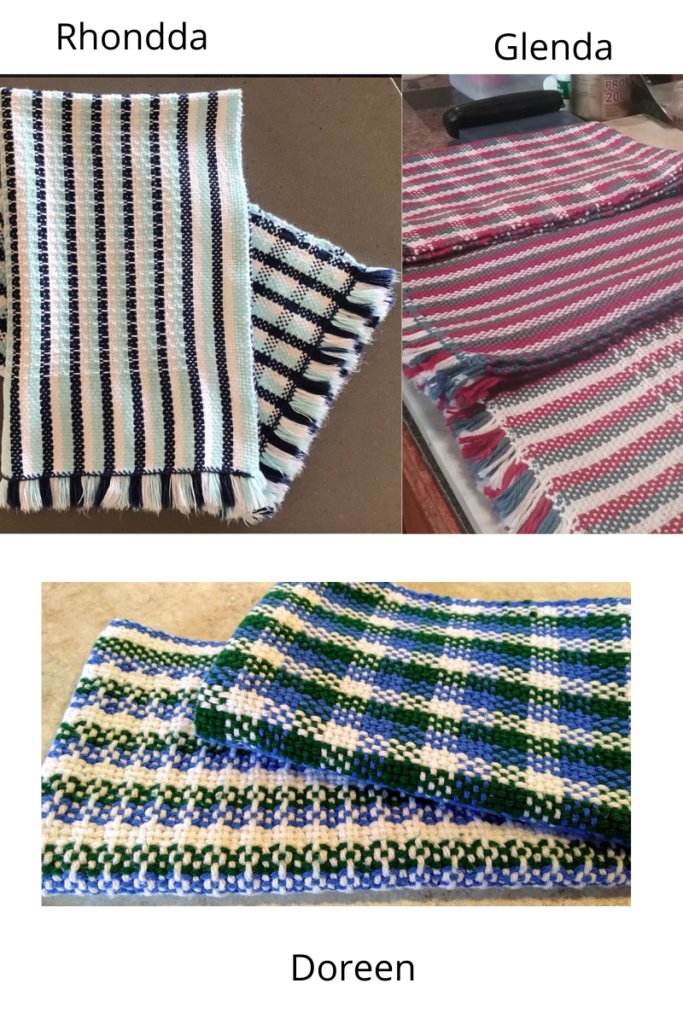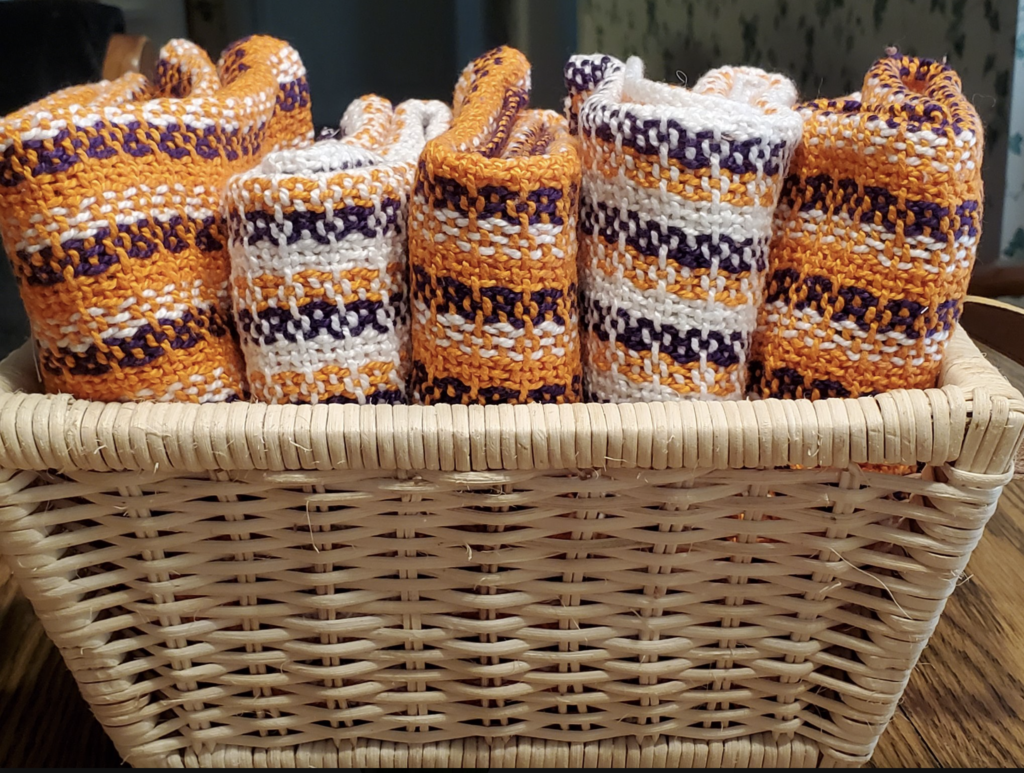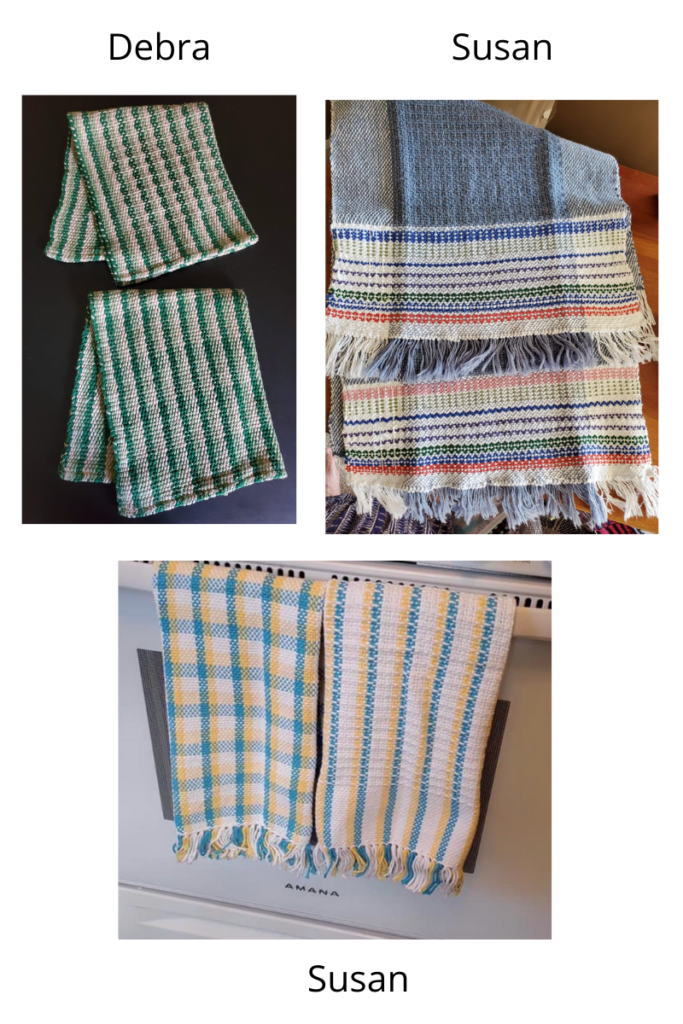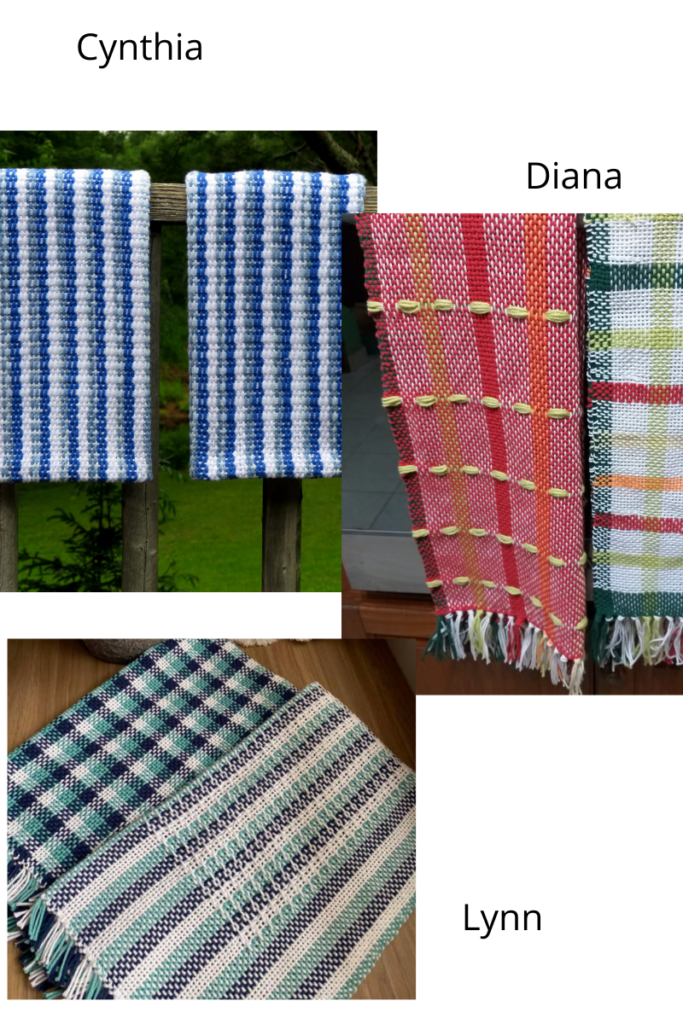Five weeks ago, I never would have believed I could finish a 25-minute workout—let alone with no modifications. If I had seen this workout back then, I would have said, “That’s too hard. I can’t do that.” But today? I didn’t just do it—I felt strong, energized, and unstoppable. The secret? I didn’t start here. I started small, with just 10-minute beginner workouts. And those tiny steps added up to something life-changing.
Instead of dreading workouts, I wake up excited to move, to walk, to get as much activity in my day as possible because it makes me feel amazing. This shift didn’t happen overnight, but it’s proof that consistency and mindset matter more than we think.
The Turning Point: Breaking Free from Victim Mentality
For those following my journey, you know I’ve struggled with my weight and health for a long time. I’ll be sharing a more detailed update soon, but today I want to focus on the biggest lesson I’ve learned.
The one thing that changed everything? Letting go of my victim mindset.
For years, I told myself:
- “I’m gaining weight because I have Hashimoto’s disease.”
- “Perimenopause makes me too tired to work out.”
- “I can’t exercise because it’s bad for autoimmune disease.”
- “I’m always hungry because of my condition.”
Excuses. I had convinced myself that my circumstances were impossible to change. I genuinely believed that I couldn’t lose weight, build muscle, or feel better at my age with my health issues. And that belief kept me stuck.
But here’s the truth: I was wrong.
You Are Not a Victim of Your Circumstances
I know that everyone’s situation is unique. Some have severe illnesses, injuries, or other major challenges. I’m not saying you need to follow exactly what I’m doing. But what I am saying is that things can get better from where you are today.
It might take small changes, or maybe big ones, but the most important shift happens in your mind. The moment I stopped playing the victim and started asking, “What CAN I do?” everything changed.
Every Day is a New Opportunity
Every morning, I wake up and say, “Thank you, Lord, for a new day.” I no longer see my health challenges as roadblocks—I see them as opportunities to find better ways to live.
I still have Hashimoto’s. I still have anxiety. I’m still in perimenopause. Those things haven’t disappeared. But what has changed is how I manage them. I’ve discovered that even with my setbacks, I can make progress. I can feel stronger, healthier, and more energetic than I ever thought possible.
You Already Have the Tools—You Just Need to Use Them
Looking back, I realize that I always had the tools to improve my health. I just didn’t know how to use them. I was stuck in a cycle of self-pity, telling myself life was unfair.
But when I cleared out that negative mindset, everything became easier. The hardest part? Just getting started.
So if you’re struggling, feeling stuck, or making excuses like I was—know that you’re not alone. But also know that things can change. You don’t have to be perfect; you just have to take one step at a time.
I hope this post inspires you to look at your own journey with fresh eyes. Start where you are, make small changes, and believe in your ability to improve. You are stronger than you think.
Until next time, friends—keep moving forward!







